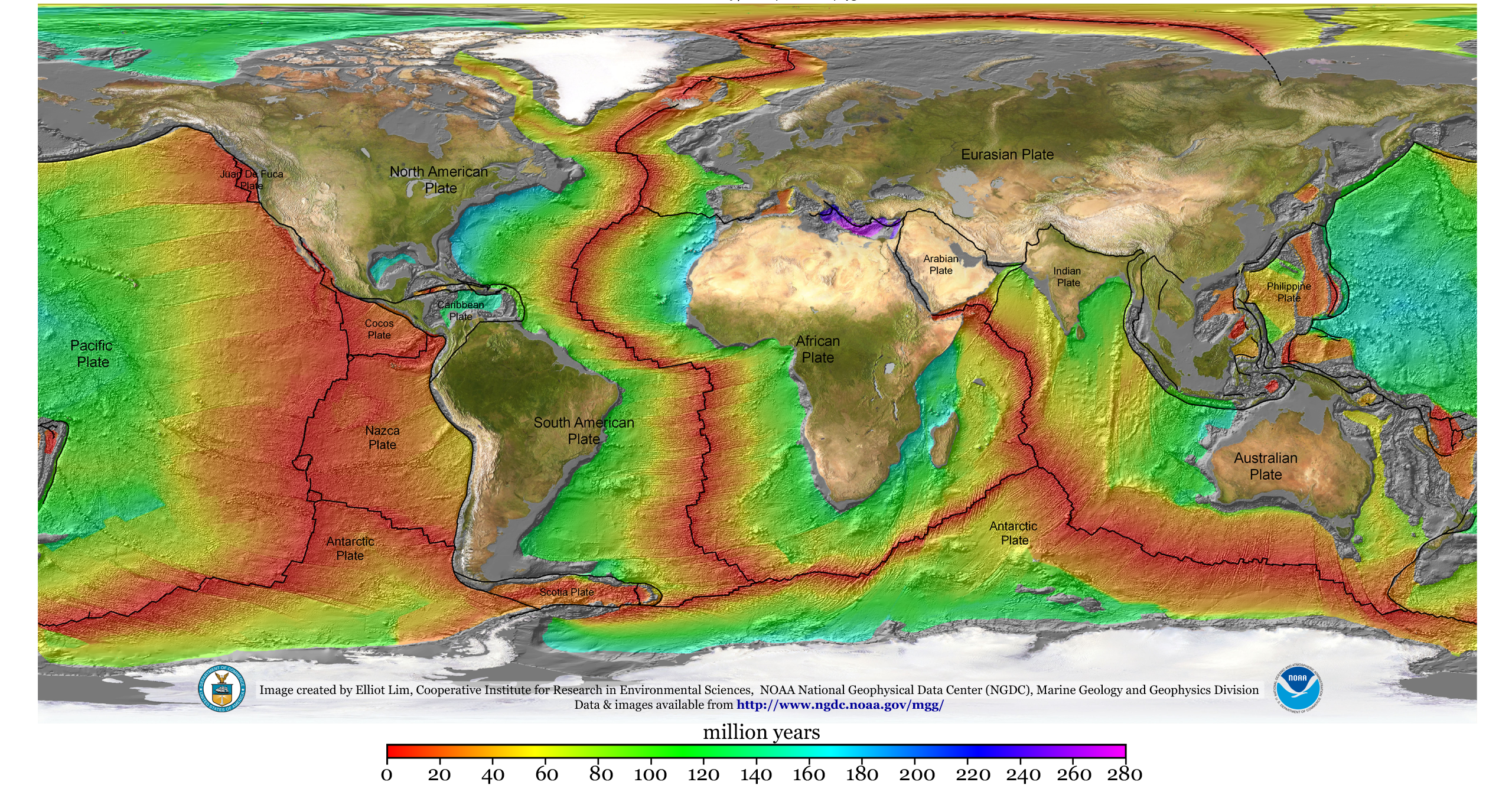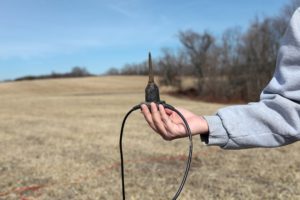All Categories
Featured
Table of Contents
Geophysicists in Gwelup Aus 2022

(PREM)., and the borders between layers of the mantle are consistent with phase transitions.

This makes plate tectonics possible. Schematic of Earth's magnetosphere. The solar wind Circulations from left to. If a planet's electromagnetic field is strong enough, its interaction with the solar wind forms a magnetosphere. Early area probes mapped out the gross dimensions of the Earth's magnetic field, which extends about 10 Earth radii towards the Sun.
Inside the magnetosphere, there are fairly thick areas of solar wind particles called the Van Allen radiation belts. Geophysical measurements are normally at a specific time and location. Precise measurements of position, together with earth contortion and gravity, are the province of geodesy. While geodesy and geophysics are different fields, the 2 are so carefully linked that many scientific organizations such as the American Geophysical Union, the Canadian Geophysical Union and the International Union of Geodesy and Geophysics incorporate both.
Geophysical Surveys - Mining, Exploration And Geoscience in Rivervale Australia 2020
, combines huge coordinates and the regional gravity vector to get geodetic coordinates. This technique only provides the position in two coordinates and is more difficult to use than GPS.
Relative positions of 2 or more points can be figured out utilizing very-long-baseline interferometry. Gravity measurements entered into geodesy since they were needed to associated measurements at the surface area of the Earth to the referral coordinate system. Gravity measurements on land can be used gravimeters deployed either on the surface area or in helicopter flyovers.
, which are studied through geophysics and space physics.
Uses For Geophysical Data in Beechina Aus 2021

Since geophysics is worried about the shape of the Earth, and by extension the mapping of functions around and in the planet, geophysical measurements consist of high precision GPS measurements. These measurements are processed to increase their accuracy through differential GPS processing. Once the geophysical measurements have been processed and inverted, the translated outcomes are plotted utilizing GIS.
Lots of geophysics business have designed internal geophysics programs that pre-date Arc, GIS and Geo, Soft in order to meet the visualization requirements of a geophysical dataset. Exploration geophysics is used geophysics that often utilizes remote sensing platforms such as; satellites, aircraft, ships, boats, rovers, drones, borehole picking up devices, and seismic receivers.
For example, aeromagnetic information (airplane gathered magnetic data) gathered using traditional fixed-wing aircraft platforms should be corrected for electromagnetic eddy currents that are created as the aircraft moves through Earth's magnetic field. There are also corrections associated with modifications in measured prospective field strength as the Earth turns, as the Earth orbits the Sun, and as the moon orbits the Earth.
Standard And Guidance For Archaeological Geophysical ... in Mount Claremont Western Australia 2021
Signal processing includes the correction of time-series data for unwanted noise or errors presented by the measurement platform, such as aircraft vibrations in gravity data. It also includes the reduction of sources of sound, such as diurnal corrections in magnetic information., meteorology, and physics.
The magnetic compass existed in China back as far as the 4th century BC. It was used as much for feng shui when it comes to navigation on land. It was not until good steel needles could be created that compasses were used for navigation at sea; prior to that, they might not keep their magnetism long enough to be beneficial.
By taking a look at which of 8 toads had the ball, one might figure out the instructions of the earthquake. It was 1571 years prior to the first design for a seismoscope was released in Europe, by Jean de la Hautefeuille. It was never constructed. One of the publications that marked the beginning of contemporary science was William Gilbert's (1600 ), a report of a series of precise experiments in magnetism.
Hydrographic And Geophysical Surveys in Atwell Oz 2020
In 1687 Isaac Newton published his, which not only laid the foundations for classical mechanics and gravitation but likewise discussed a variety of geophysical phenomena such as the tides and the precession of the equinox. The very first seismometer, an instrument capable of keeping a continuous record of seismic activity, was built by James Forbes in 1844. Dietmar; Sdrolias, Maria; Gaina, Carmen; Roest, Walter R. (April 2008). "Age, spreading rates, and spreading asymmetry of the world's ocean crust". Geochemistry, Geophysics, Geosystems. 9 (4 ): Q04006. Bibcode:2008 GGG ... 9. 4006M. doi:10. 1029/2007GC001743. S2CID 15960331. "Earth's Inconstant Magnetic Field". science@nasa. National Aeronautics and Area Administration. 29 December 2003. Retrieved 13 November 2018.
Runcorn, S.K, (editor-in-chief), 1967, International dictionary of geophysics:. Pergamon, Oxford, 2 volumes, 1,728 pp., 730 fig Geophysics, 1970, Encyclopaedia Britannica, Vol. Intro to seismology (Second ed.).
Latest Posts
Geophysical Surveys - U.s. Geological Survey in Wandi Western Australia 2023
Geophysics in Mount Claremont Aus 2020
Geophysical Survey in Casaurina Aus 2020